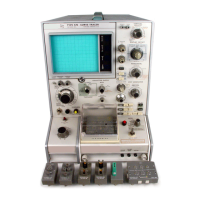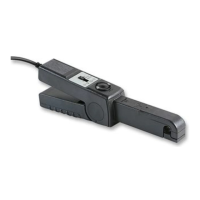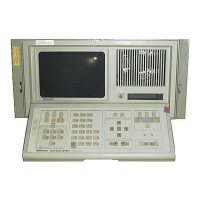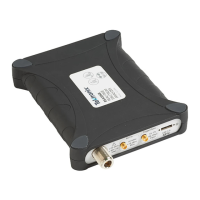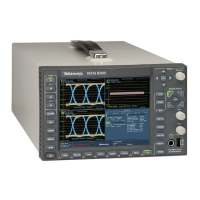Creating and Using Math Waveforms
3- 170
CSA7000B Series & TDS7000B Series Instruments User Manual
Some examples of typical math waveforms follow:
Table 3- 11: Math expressions and the math waveforms produced
To... Enter this math expression. . . and get this math waveform. . .
Normalize a waveform ... ...
Channel 1
Source waveform
1.6 V
0.8 V
(Ch1 -- Meas1)/ Meas2,
where
Ch1 is the waveform shown at left
Meas1 = Low of Ch1
Meas2 = Amplitude of Ch1
1.00 V
0.00 V
Normalized math waveform
Simulate ac coupling ... ac component removed before integration
Channel 1
Source waveform
5.0 V
1.0 V
Intg(Ch1--Meas1),
where
Ch1 is the waveform shown at left
Meas1 = Mean or Cycle Mean of Ch1
ac integration math waveform
Sources. Math Waveforms can incorporate the following sources:
H Channel waveforms
H Reference waveforms
H Measurements (automated measurements) that measure channel, reference,
histogram, or math waveforms
H Math waveforms
Source Dependencies. Math waveforms that include sources as operands are
affected by updates to those sources:
H Shifts in amplitude or DC level of input sources that cause the source to clip
also clips the waveform data supplied to the math waveform.
H Changes to the vertical offset setting for a channel source that clips its data
also clips the waveform data supplied to the math waveform.
H Changes to the acquisition mode globally affects all input channel sources,
thereby modifying any math waveforms using them. For example, with the
acquisition mode set to Envelope, a Ch1 + Ch2 math waveform will receive
enveloped channel 1 and channel 2 data and, therefore, will also be an
envelope waveform.
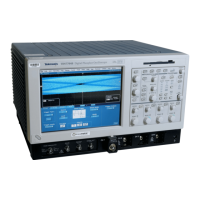
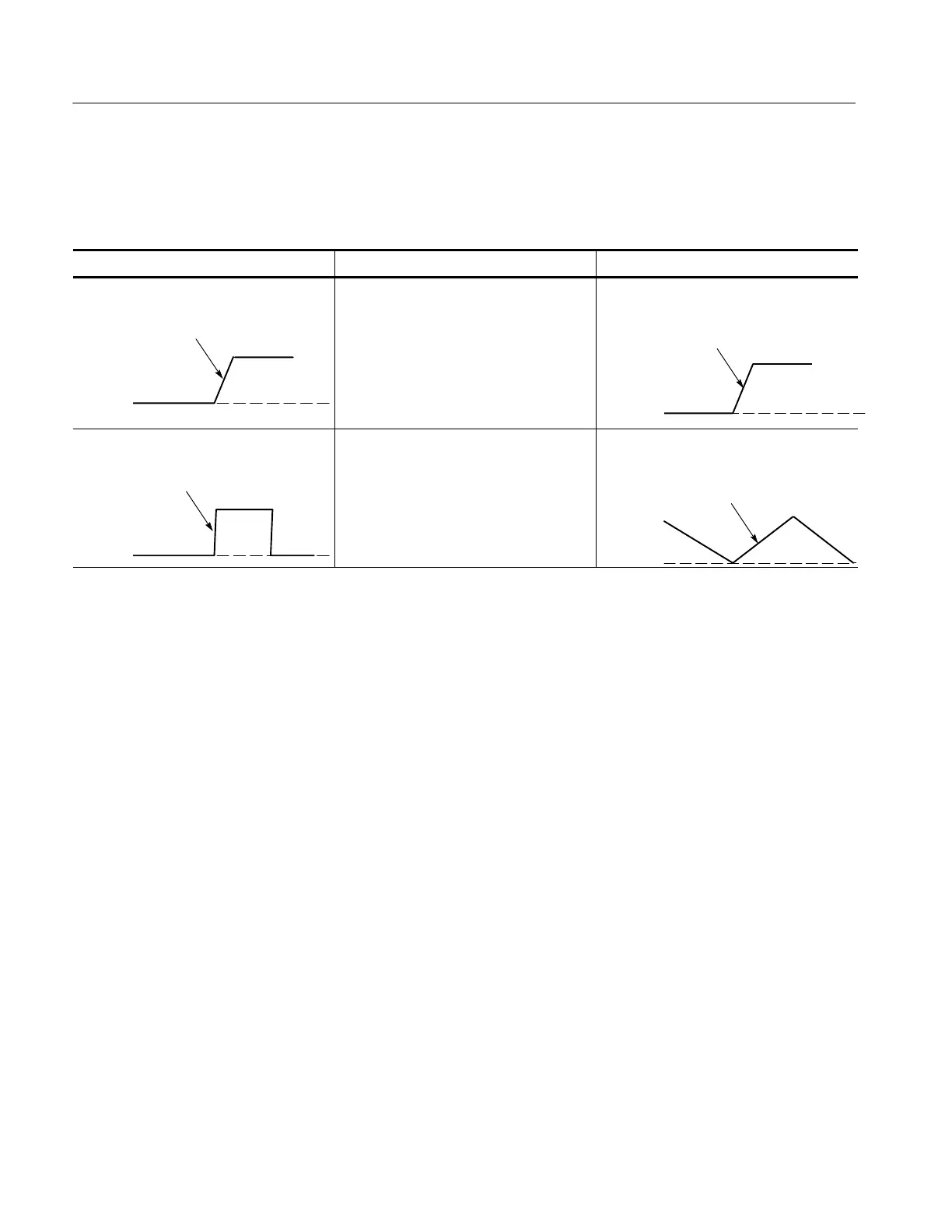